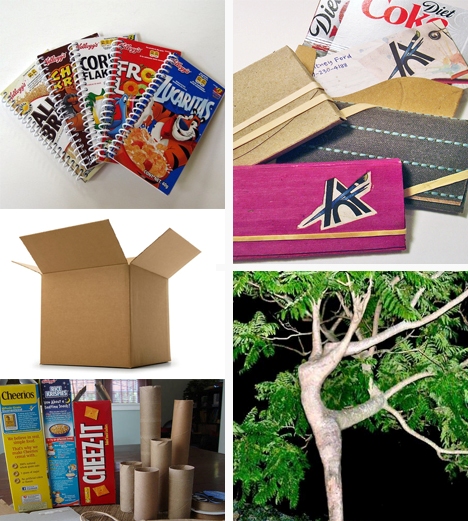Cardboard is a ubiquitous packaging workhouse that can take a licking and keep on ticking. Open any cupboard in your house and you will be greeted with countless types of paperboard-wrapped items — plastic food wrap, cereal, salon-formulated anti-frizz hair treatments, Magic Markers, razor blades, vitamins — all of which are far safer thanks to their armor-like exterior.
We may be instinctually driven to lighten our load by flinging such extraneous packaging into the closest garbage can, but of all the recyclable materials that consumers utilize, cardboard is readily accepted by municipal programs and among the easiest of materials to process.
Hold on. Despite what a famous sneaker manufacturer would have us believe, it is never as simple as, “Just do(ing) it!” Recycling cardboard packaging sounds fine in theory, but more often than not, several eco-unfriendly thoughts tend to compete for attention in our collective minds:
- “Recycling anything is a pain in the neck. Let someone else waste his or her time.”
- “Since cardboard is naturally biodegradable, what’s the big deal if I just let it decompose in a landfill?”
- “I hate breaking down boxes! Shouldn’t that be the garbage man’s job?”
- “It probably takes a lot more energy to recycle cardboard in a special facility than it does to just let it break down with Mother Nature’s help.”
- “There are too many rules and regulations. Last time I checked, the sanitation company said that shiny frozen food packaging and pizza boxes were off limits — what sense does that make?”
